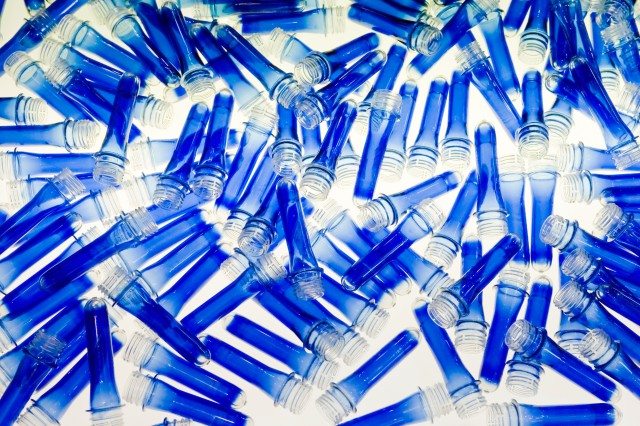Numerous studies have linked exposure to bisphenol A (BPA) in plastic, receipt paper, toys and other products with various health problems, from poor growth to cancer.
Some studies in very young animals exposed to BPA have raised safety concerns about its use in infant bottles and training cups.
Meanwhile, the Food, Drug and Administration has been supporting industry efforts to find alternatives for BPA.
But are these alternatives safer?
New tests to classify activities of compounds
Researchers from Baylor College of Medicine and Texas A&M Health Science Center have developed new tests that can classify such compounds’ activity in detail and speed.
The advance could offer a fast and cost-effective way to identify safe replacements for BPA.
The findings appear in the current edition of Cell Press journal Chemistry & Biology.
Millions of tons of BPA are produced annually, making BPA one of the high production volume chemicals.
“I think it is fair to say that many of these BPA analogs have not been thoroughly tested, yet they are used in everyday plastics, such as water bottles, baby bottles and the lining of canned goods.” says lead author Dr. Fabio Stossi, assistant professor of molecular and cellular biology at Baylor.
Characterizing analogs
BPA and BPA analogs belong to a class of compounds called endocrine disruptors, so named because they can interfere with the body’s endocrine, or hormonal system.
Using their newly developed assays on living cells, Stossi and his colleagues characterized how 18 BPA analogs affect alpha and beta estrogen receptors, which are the primary targets of this class of chemicals.
Their studies were conducted using high throughput microscopy and automated image analysis in different cell line models, with varying exposures to BPA analogs.
The investigators were able to record and analyze massive data sets generated from these assays related to BPA analogs.
“The high throughput approach that we’ve refined during the past several years can simultaneously quantify what these compounds are doing to a wide range of processes such as protein levels, nuclear trafficking, DNA binding, protein interactions, transcription, cell cycle, and proliferation,” says senior corresponding author Dr. Michael A. Mancini, professor and director of the Integrated Microscopy Core at Baylor.
He is also the director of Advanced Imaging at Texas A&M Health Science Center Institute of Biosciences and Technology (IBT).
“The results showed us that various BPA analogs increased or decreased certain receptor activities, while others were receptor specific; clearly, the various BPA analogs can have unique properties.”
The investigators found that many BPA analogs have inhibitory effects on the beta form of the estrogen receptor, a less well-studied steroid receptor that has tumor fighting properties.
Many analogs also acted to stimulate the alpha form of the estrogen receptor, or they had mixed inhibitory and stimulatory effects.
Determining precisely how these effects influence human health will require more research.
More research needed
The scientists note that there are likely many more BPA-like compounds that can be found in products and in the environment, and widely-applicable technologies described in the manuscript enable rapid testing of compounds for unexpected and undesirable activities.
“The analytical approaches described here address a recognized need for assays that are both high throughput and robust, but at the same time able to define intricate biological mechanisms underlying toxicity”, said Dr. John K. Westwick, CEO of Odyssey Thera and author on the manuscript.
“Indeed, several technologies described in the paper are already being employed by the US EPA ToxCast program”.
Funding
These studies received funding from the National Institute of Environmental Health Sciences (NIEHS).
This project was supported by The Integrated Microscopy Core at Baylor College of Medicine with funding from the National Institute of Health and the Dan L. Duncan Cancer Center; the John S. Dunn Gulf Coast for Chemical Genomics; the NIEHS Grand Opportunity Grant; NIEHS R01; and the Diana Helis Henry Medical Research Foundation.
Additional support came from the newly formed NIEHS supported Center for Translational Environmental Health Research, a collaboration between Baylor and the IBT at Texas A&M.










